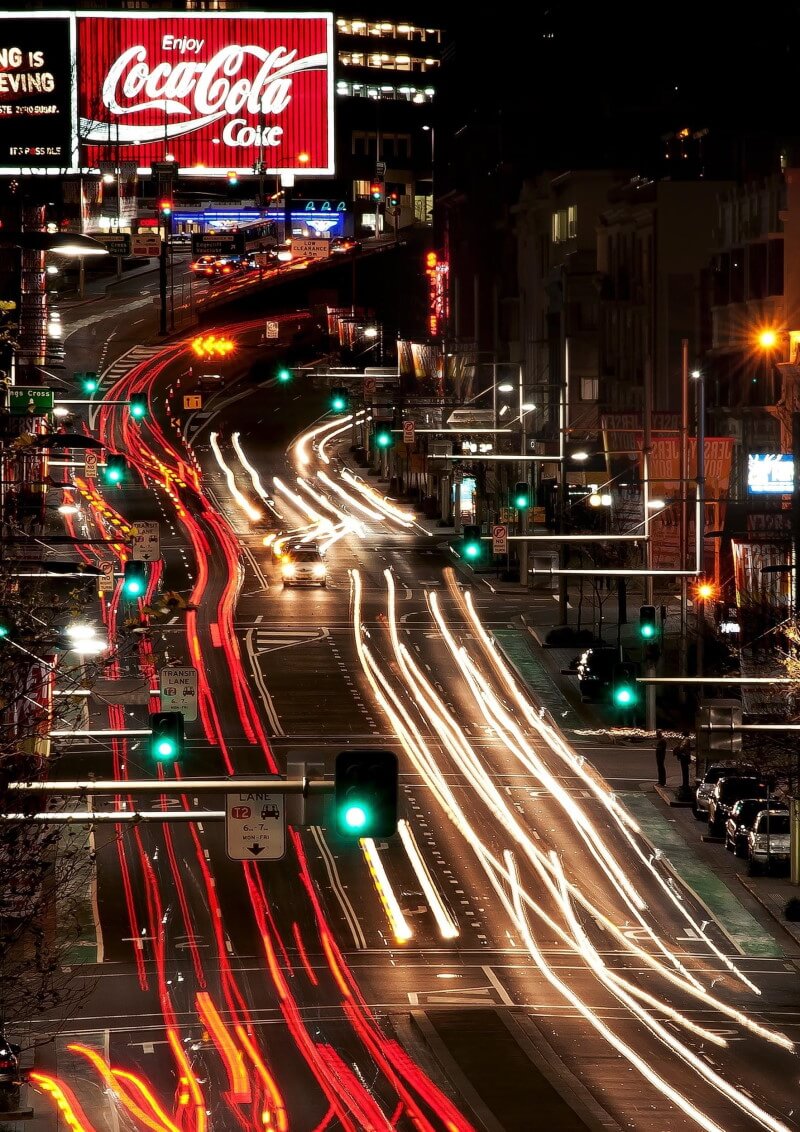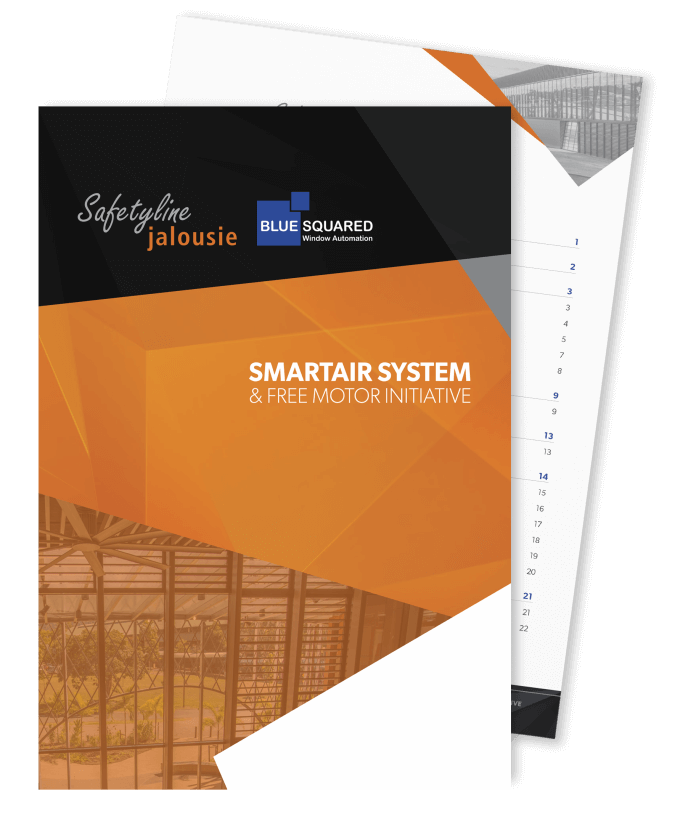The location of a property is just as important as the materials used to build it. Those who live near busy roads and airports have to deal with an immense amount of noise pollution. This article examines the negative effects of this and how sound-proof louvre windows can help.
Noise pollution is a fairly common thing. The din from a neighbour’s social occasions may fall under the banner of noise pollution. So too may a construction project.
But these are temporary issues. It’s the more permanent noise pollution that can cause serious problems for your clients. For example, the noise that busy roads and airports generate is more constant. This makes it much more damaging to a building’s residents.
The problem has become so enormous in some areas that it’s preventing construction. Take Adelaide’s West Richmond and Brooklyn Park areas as an example. Adelaide Airport’s increasing traffic generates a huge amount of noise. Building regulators deemed it unsafe to allow new developments in those areas.
The problem caused several arguments about building planning in the area. Some believe that such urban hubs should undergo heavy development. Others say regulations have to be in place. This would protect residents against the long-term effects of noise pollution. The latter group seem to have the more convincing point.
This means you have to account for noise pollution when building. This article explains what noise pollution is and some of its negative effects. It also looks at a few of the things that building designers can do to protect people against it such as specifying louvre windows with high acoustic performance.
What is Noise Pollution?
The definition is a wide-ranging one. It’s defined as any type or level of sound that can prove disruptive to those who hear it.
Low-level cases may be something like the constant hum of traffic on a busy road. At higher levels, it’s more like the loud construction work mentioned above.
The key aspect is that it’s something loud enough that it’s noticeable.
Australian law defines noise pollution as a form of pollution in the Environment Protection Act 1993. Anybody found breaching the act may experience punishment. Civil proceedings may follow a breach, or the government may issue an Environment Protection Order.
Noise Pollution Related to Transportation
Compare the noise somebody generates when they walk to the noise produced when they drive.
There’s a huge difference for just one person.
Now remember that there are millions of cars on Australia’s roads. On top of that, you have trains, planes, and other vehicles.
Major transportation hubs produce a huge amount of noise pollution. This is also constant, which makes it all the more distracting.
This problem affects those living near airports the most. The average jet engine on an airplane may produce anywhere between 100 and 160 decibels (dB) of noise. At the lowest, this is about the same as what you’d hear at a rock concert. At the highest, this exceeds the pain threshold for the human ear.
Distance lessens this noise somewhat. But it’s still a problem for people living near airports or under flight paths. They face a constant barrage of noise generated from the many planes that fly overhead.
The Negative Effects
People who live near sources of noise will grow accustomed to it. As long as the noise isn’t so loud as to cause instant damage, it’s seen as less of a problem.
But constant noise pollution can have serious health ramifications. This means you must place more care into building design. These are some of the possible negative effects that your buildings should protect against.
Effect #1 – Ear Damage
The most obvious issue, ear damage can occur gradually with continued exposure to noise pollution. Single, loud noises are enough to damage ear drums. But it’s the consistent noises that many people disregard.
Any decibel level above 85 is enough to damage your hearing. Plus, the consequences aren’t always noticeable right away. Now consider the fact that a jet engine can produce as much as 160dB of noise. On top of that, the European Union has some worrying stats for those living near busy roads. It says such people deal with a constant exposure to 55db of noise throughout the day.
Extended and constant exposure to such noise creates severe problems. Those living under flight paths and near busy roads rarely experience times when they’re not engulfed in.
Effect #2 – High Blood Pressure
There’s increasing evidence to suggest that being around a lot of noise has an adverse effect on your blood pressure.
A European Heart Journal study showed how quick these effects are. It examined 140 volunteers, exposing them to different noise levels. Increased levels could last from one minute up to 15.
In just 15 minutes, all participants showed an increase in blood pressure. Each also experienced an increase in heart rate, despite engaging in no physical activity.
Continued high blood pressure can lead to blood clots and strokes. Those living in areas with noise pollution are at risk just by virtue of their location.
Moreover, another study found that noise pollution from aircrafts increases the risk of heart attacks.
Effect #3 – Noise Annoyance
If you’ve experienced noise pollution, you may have noticed some changes in your mood. Increased levels of irritation and dissatisfaction can occur.
There’s actually a name for this phenomenon – noise annoyance.
Some believe that the reason for noise annoyance lies in the invasion of privacy. The noise essentially invades your personal space, leading to the associated changes in mood.
Levels of noise annoyance experienced depend on several factors, including:
- The individual’s coping mechanisms
- Any level of fear attached to the noise
- The type of sound
- The perceived lack any action taken on the part of local authorities
Effect #4 – Childhood Learning Issues
Several studies point to noise pollution as the reason of slow memory and reading comprehension in children.
An American Journal of Epidemiology study went into more detail. It examined 2,844 children from Spain, the Netherlands, and the United Kingdom. Researchers aimed to discover if there was a link between living near to airports and poorer learning results.
The study found that exposure to constant noise between 30 and 77 decibels has a drastic effect on learning outcomes. The affected children often scored lower in reading comprehension tests as a result. As mentioned above, those who live near busy roads face constant exposure to 55dB of noise. This increases for those living near airports or under flight paths.
This is particularly worrisome for young families. No matter how hard a child works, they may struggle due to factors outside of their control. On top of that, there are the other effects to worry about. For example, noise annoyance can also contribute to poor academic results. A frustrated child is less likely to focus on their work.
Effect #5 – Sleep Issues
Constant noise not only prevents you from sleeping, but may also stop you from enjoying healthy sleep. It may wake you constantly during the night and serve as a distraction to your unconscious mind.
The immediate effects of poor sleep are quite obvious. You’ll struggle to concentrate, feel lifeless, and generally be more irritable.
However, it’s the long-term effects of a troubled sleeping pattern that are most worrying. Sleep loss leads to weight gain and increases the risk of both diabetes and heart attacks. It also causes stress, which leads to emotional issues and can have serious health ramifications.
The Solutions
Unfortunately, there’s no easy solution to the problem of noise pollution. Busy urban hubs can’t just switch off to protect those living in them. Instead, it’s up to building designers and construction crews to do what they can to provide protection.
So, what measures can you take to make your buildings as resistant to noise pollution as possible? Here are a few ideas.
Solution #1 – Install Insulation
Most builders install insulation as an energy efficiency measure. It prevents heat from escaping a building, which means the owners spend less on heating the property during the winter.
However, insulation can also prevent external noise from seeping into a building.
Installing insulation in the loft and cavity walls of a building prevents noise from getting out and coming in. Materials like fibreglass and foam can absorb sound, so it doesn’t affect the building’s residents.
The caveat to this is that insulation can cause problems in warm locations. It may make the property so warm that residents have to open windows, which eliminates any noise pollution protection. As a result, it’s only suitable for use in areas with cool climates.
Solution #2 – Install Thicker Doors
Thick doors serve a similar purpose to insulation. They act as barriers that prevent noise from escaping or entering.
Consider the thickness and materials you use for all external-facing doors. Furthermore, examine the seals. Any gaps will allow noise to enter the property, eliminating the positive properties of the door.
It’s also worth noting that these doors can serve a purpose for the property’s residents. For example, a thick door in the laundry room lessens the amount of noise residents hear from the washing machine.
Solution #3 – Choosing the Right Windows
Windows are perhaps the most vulnerable area of a building in regard to noise pollution. Standard glass does little to absorb noise.
Thin windows won’t act as a barrier against external noise. They may also allow noise to escape during renovations. As a result, the windows you install can go a long way to remedying the problem. That’s why Adelaide’s regulators suggested double-glazing. They want to make double-glazed windows mandatory for buildings in West Richmond and Brooklyn Park.
But louvre windows also offer a great choice here. Safetyline Jalousie’s louvre windows have a Weighted Sound Reduction Index (Rw) of between 33 and 35. This means they reduce noise pollution by between 33 and 35 decibels. This can make a huge difference when living in a loud area. Much like with doors, louvre window effectiveness comes down to the materials used and the quality of the seals.
Again, the right louvre windows act as a selling point for residential and commercial clients. They also protect against the damaging effects of noise. Louvre windows with a 35Rw rating can cut the noise that comes from a busy road down to 20db.
The Final Word
Noise pollution is a much bigger threat than many people realise. In the short-term, it causes irritation and sleeplessness. However, it’s the long-term effects that are most worrying. Noise pollution decreases children’s ability to learn and causes serious health problems.
It’s something that builders must take into account when designing homes. Any way that you can reduce noise makes the property more attractive. It also protects the residents.
That’s where Safetyline Jalousie can help. Our louvre windows can reduce noise pollution by up to 35 decibels, making them an ideal choice for your construction project. Contact one of our business managers today. They’ll help you to find louvre windows that protect your clients’ long-term health.
References:
The Adelaide suburbs where it’s become too noisy to build new homes due to increased airport noise – The Advertiser
What do Rw, Ctr and NRC mean? – BUILD Australia
Noise Pollution – Legal Services Commission of South Australia























